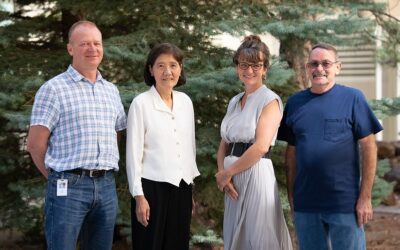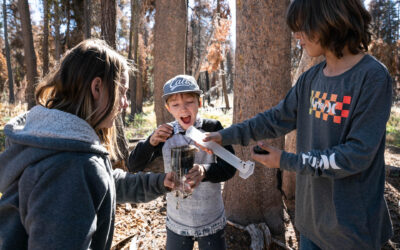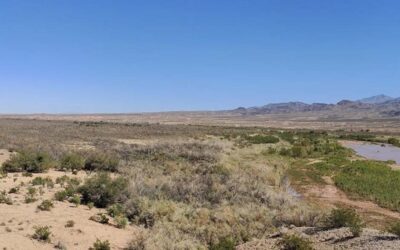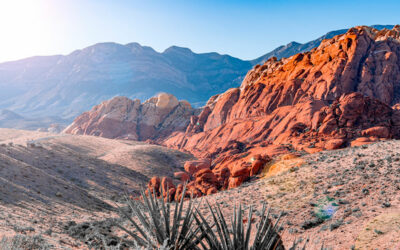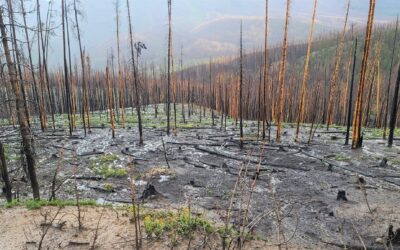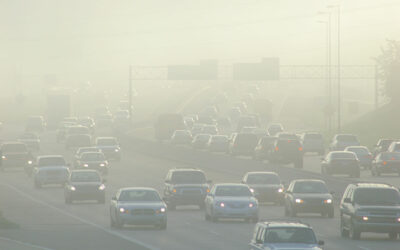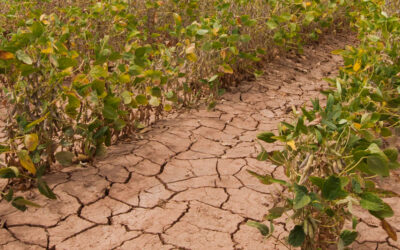Looking for a hands-on opportunity to learn about hydroponics and STEM education? Join Green Our Planet and the DRI Science Alive Program for an Introduction to Hydroponics to learn more about: Germinating seeds, transplanting seedlings, mixing nutrient solution, and...
Annual Awards Presented to DRI Faculty and Staff at 2023 Celebration of Science
On September 26 & 28, DRI held awards and recognition ceremonies at our Reno and Las Vegas campuses to honor eleven scientists and staff members for their achievements. Along with the below awardees, several faculty and staff were recognized for their long-term service to DRI for up to 25 years.
DRI Accepting Applications for New STEM Education Internship Program
DRI is accepting applications for the new STEM Educator Partnership fall internship that will take place from September to December 2023. This paid opportunity is available to current education and science majors at UNR and UNLV, as well as Nevada K-5 educators.
Cracking the Mysterious Case of Dying Desert Forests
DRI researchers are trying to solve the mystery of mass die-offs of screwbean mesquite trees, a critical part of their desert ecosystem.
STEM Showcase for Educators: Back to School Blowout in Las Vegas
DRI is pleased to announce its “STEM Showcase for Educators: Back to School Blowout” in Las Vegas. The event includes training on DRI’s new Green Boxes, which are Next Generation Science Standards and Amplify standards aligned, free classroom supplies, raffle prizes, swag bags, and a resource fair with local businesses and non-profit organizations.
DRI Announces a Back-to-School Event for Educators
DRI is pleased to announce its “STEM Showcase for Educators: Back to School Blowout” in Las Vegas and Reno. The event includes training on DRI’s new Green Boxes, free classroom supplies, raffle prizes, swag bags, and a resource fair.
DRI and Save Red Rock Celebrate The Passage Of SB99 Which Funds a Statewide Cloud Seeding Initiative
The Nevada State Legislature has unanimously passed a measure aimed at funding a statewide cloud seeding project. The appropriation of $1.2M over two years will be allocated to DRI for its multi-location cloud seeding research and operations.
Looking for Answers in a Warming World
DRI researchers are examining the potential for climate intervention techniques to help cool communities – and the planet
A Community-Centered Approach to Air Quality Assessment
Researchers from DRI and UNLV teamed up with a Las Vegas community concerned about a neighboring asphalt plant to measure their air quality.
Come Rain or Shine: Rainwater Harvesting for Food Production in the Face of Drought
Brianda Hernandez Rosales examined the use of rainwater harvesting to support food sovereignty for the Hualapai Indian Reservation.

